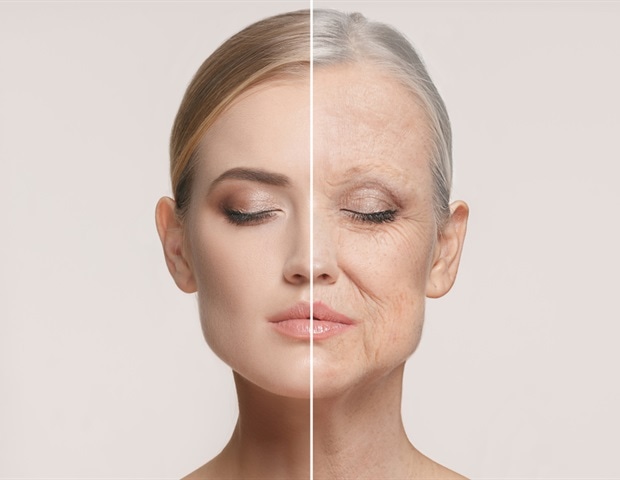Summary
Aging and neurodegeneration are both known to disrupt the production of functional proteins in cells a process called “proteostasis,” or protein homeostasis.
Source: Medical News

AI News Q&A (Free Content)
Q1: What are the main molecular mechanisms implicated in the aging of the brain and their impact on neurodegenerative diseases?
A1: The aging brain undergoes various molecular changes that contribute to neurodegenerative diseases. Key mechanisms include impaired proteostasis, characterized by altered protein turnover and accumulation of damaged proteins, and increased brain age gap, which indicates a higher biological age relative to chronological age. These mechanisms are linked to diseases such as Alzheimer's and Parkinson's, as they affect neuronal survival and brain function.
Q2: How do coVariance Neural Networks contribute to understanding brain age and neurodegeneration?
A2: CoVariance Neural Networks (VNN) offer a transparent approach to analyzing neuroimaging data by linking brain age gap patterns to anatomical covariance. This method reveals distinct patterns in conditions like Alzheimer's and Parkinson's, providing insights into the anatomical changes driving neurodegeneration. VNN's ability to leverage the eigenspectrum of anatomical covariance matrices enhances the explainability of brain age prediction models.
Q3: What role does protein homeostasis play in the aging brain, and what are its implications for neurodegenerative diseases?
A3: Protein homeostasis, or proteostasis, is crucial for maintaining cellular function in the aging brain. Disruptions in this process lead to the accumulation of misfolded or damaged proteins, contributing to neurodegenerative diseases like Alzheimer's and Parkinson's. Research suggests that impaired proteostasis stems from altered protein synthesis, folding, and degradation, highlighting its central role in brain aging and associated pathologies.
Q4: What recent findings have emerged about the translation elongation process in the context of brain aging?
A4: Recent studies in killifish brains have shown that aging alters translation elongation, leading to ribosome stalling and protein depletion, particularly those enriched in basic amino acids. This disruption in protein synthesis contributes to key hallmarks of aging, such as genome integrity and macromolecular biosynthesis, potentially linking various aging hallmarks in the brain.
Q5: How does elevated ubiquitin phosphorylation by PINK1 affect neurodegeneration in aging brains?
A5: Elevated ubiquitin phosphorylation by PINK1, observed in aging and neurodegenerative conditions, impairs proteasomal activity, leading to protein accumulation. This process is implicated in diseases like Alzheimer's and Parkinson's, where impaired ubiquitin-dependent proteasomal activity exacerbates protein aggregation and neuronal damage, highlighting a critical pathway in neurodegeneration.
Q6: What innovations in brain imaging are aiding the study of brain aging and neurodegenerative conditions?
A6: Innovations such as patch-based brain age estimation using MRI and convolutional neural networks (CNNs) have enhanced the study of brain aging. These methods provide localized brain age estimations, identifying crucial brain regions like the ventricles and hippocampus, thus improving the anatomical understanding of brain aging and aiding early detection of neurodegenerative conditions.
Q7: How does the concept of brain age gap serve as a biomarker for neurodegenerative diseases?
A7: Brain age gap, the difference between biological and chronological brain age, is a promising biomarker for neurodegeneration. An increased brain age gap indicates vulnerability to cognitive decline and neurodegeneration. Studies using machine learning models have shown that brain age gap can reflect anatomical and functional changes associated with neurodegenerative diseases, aiding in monitoring brain health.
References:
- Explainable Brain Age Gap Prediction in Neurodegenerative Conditions using coVariance Neural Networks
- Patch-based Brain Age Estimation from MR Images
- Aging brain - Wikipedia
- Altered translation elongation contributes to key hallmarks of aging in the killifish brain
- Elevated ubiquitin phosphorylation by PINK1 contributes to proteasomal impairment and promotes neurodegeneration






